Blended Learning Lab

About the Lab
The Blended Learning Lab is creating a learning ecosystem in which students move through their programs seamlessly, taking a mix of fully online, blended and classroom courses. The initiative emerges from the priorities for Digital Learning, evolving over five years of consultation and proposed by the Digital Learning Working Group. The Blended Learning Lab takes a collaborative approach to shaping the future of Digital Learning at Toronto Metropolitan so that the university can answer what blended learning could be in a specific TMU context.
The Blended Learning Lab brings together educators, students, academic administrators together with a team of instructional designers and technologists. In the Lab we are creating a flexible learning ecosystem through exploration, experimentation and evidence-informed pedagogical transformation with blended learning.
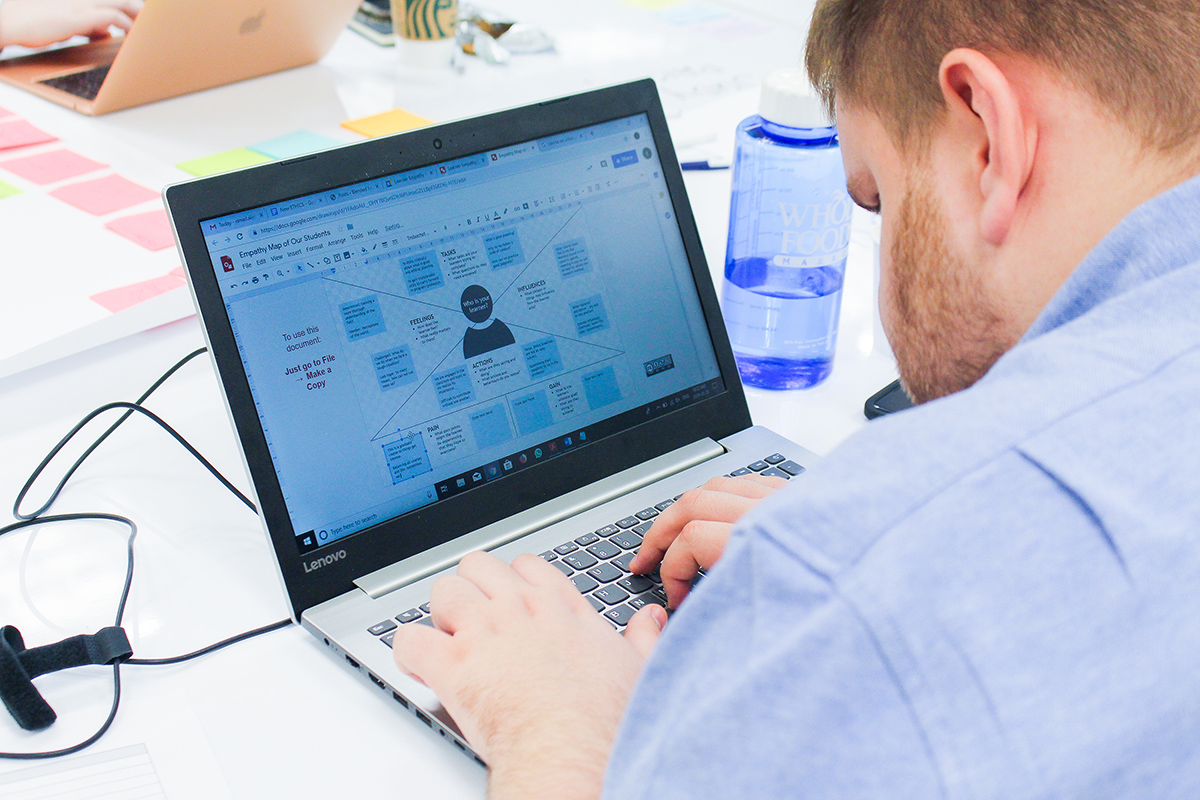
The Blended Learning Lab is activating a community of practice around blended learning to support the 9 projects and the entire Toronto Metropolitan community in course innovation.
The term blended learning is used broadly to describe any combination of in-class and online delivery. More accurately, it refers to the carefully considered integration of online and classroom instructional methods to increase student learning and provide more control in terms of the time, pace and place of learning.
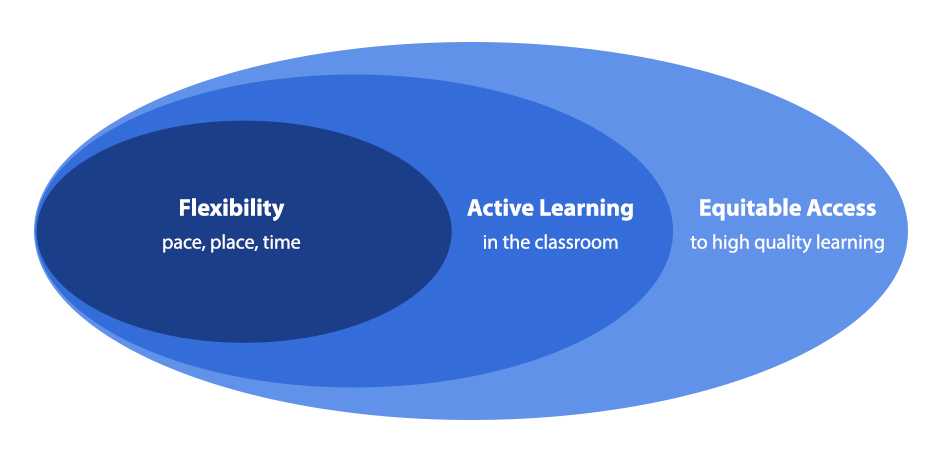
Blended Learning at TMU—Embracing values of active learning within a flexible, equitable and inclusive learning environment for Toronto Metropolitan students.
-
Exploration
In this stage, you will investigate different options for how to deliver course content and how students could engage with that content. You may reconsider existing materials, check out examples of other courses, and think of innovative solutions to learning and teaching challenges. During this stage, you will start consulting with an Instructional Designer who can advise you on various approaches to consider.
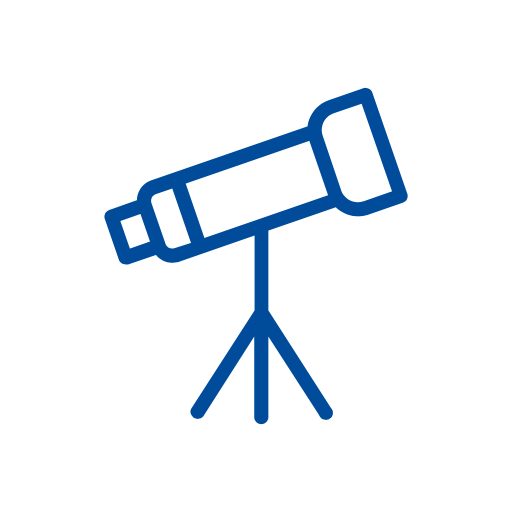
-
Course planning and design
Now it’s time to come up with how the ideas and possibilities you discovered in the exploration phase could be practically applied to the course. Working with an Instructional Designer, the first step is often to revise the course outline and to focus on clarifying your learning outcomes or what you hope the students will learn by taking the course. This may involve adjusting your original vision. You’ll look at what components you plan to deliver online and how you see students interacting with these components. Then, you’ll take a step back and consider how the online content will relate to the in-class portion of the course and ensure both components work cohesively. It’s at this stage that you might begin to think about how you can use your classroom time differently. Blended learning often leads to increased active learning opportunities when content delivery is no longer a focus of in-class time
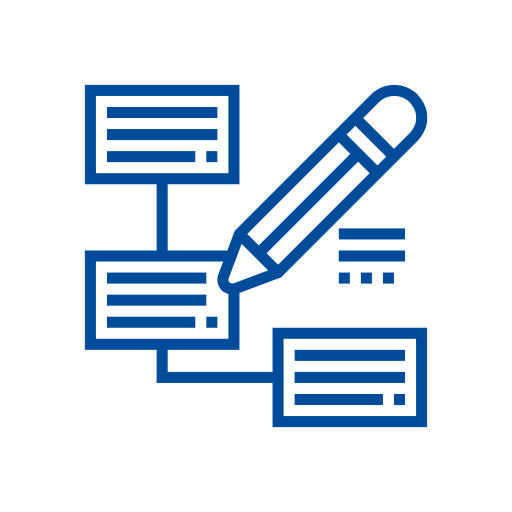
-
Production planning and design
You will start developing how you see the online components taking shape and work with the Instructional Designer and Instructional Technologist to determine course branding and visual design, software considerations, multimedia components and production timelines to ensure the plan is feasible. The team will work with you to make a production plan that keeps the overall vision in mind, and decide on some key dates for check-ins, revisions and deliverables.
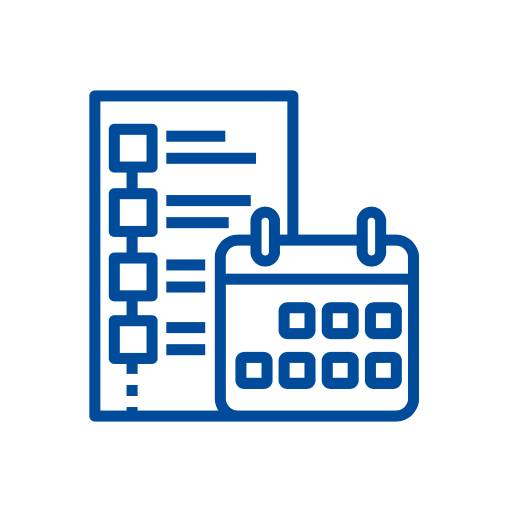
-
Prototype
By developing one learning module as a prototype, the team can revise, test, and assess resource needs before diving into full production. This step will also help all involved to be clear on the process that will work for your unique project.
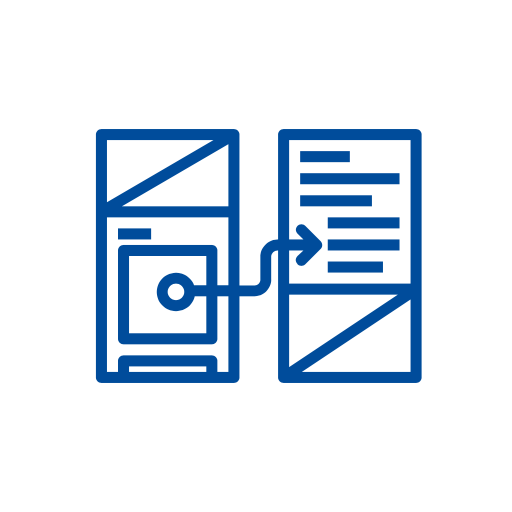
-
Course Development
Based on the prototype, course and production planning developed in the previous stages, the rest of the online components are produced during this phase. This will involve the whole team, and will depend on the final design elements. Course development might include: content development, script writing, multimedia production, revision and quality control all being part of the production process. This will be the most time-consuming stage. With a good plan developed with the team in planning stage, it should be an efficient and satisfying process.
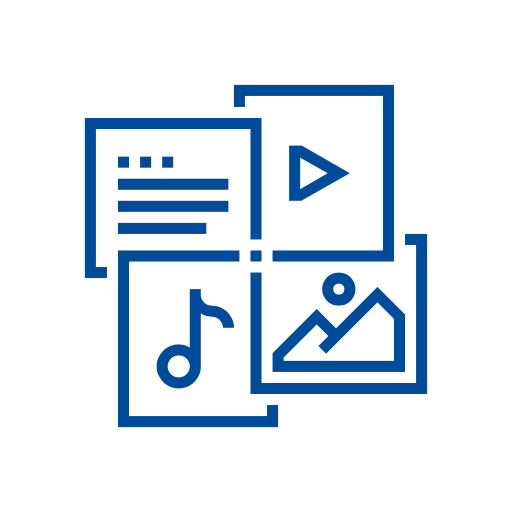
-
Implementation/Testing
This is the step when all the content developed through the process thus far is placed into D2L. It is also tested and reviewed for accessibility and functionality within D2L. Sometimes this step and course development can happen concurrently.
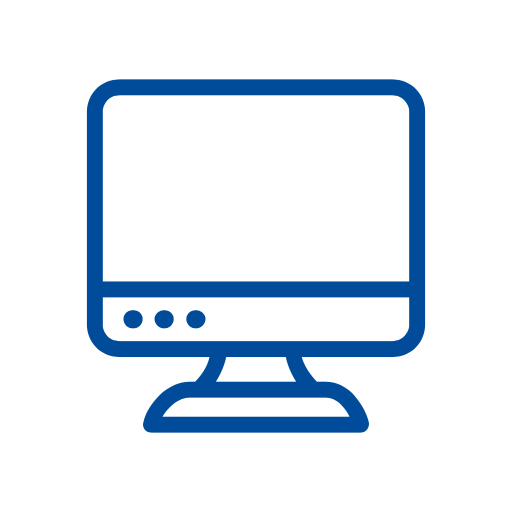
-
Deployment/Delivery
This is when the course goes live and is offered to students. The instructor will need to be active and available as students engage in the course. Production support may also be on hand to help with any unforeseen technical issues with the content.
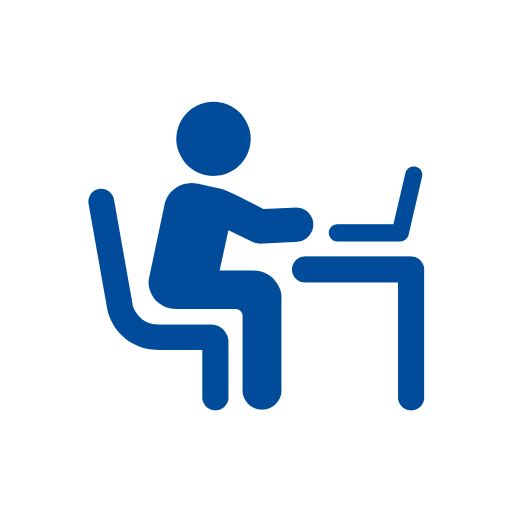
-
Evaluation
The evaluation stage can take many forms, but the main objective is to find out if the course was effective in meeting the needs of learners, and whether it improved their experience when compared to a fully in-class version of the course. Other areas of evaluation may include the instructor’s experience in delivering the course and the quality and functionality of multimedia content. In the end, it will inform where you go next and you may find yourself going through many of the stages again in small ways and the course evolves.
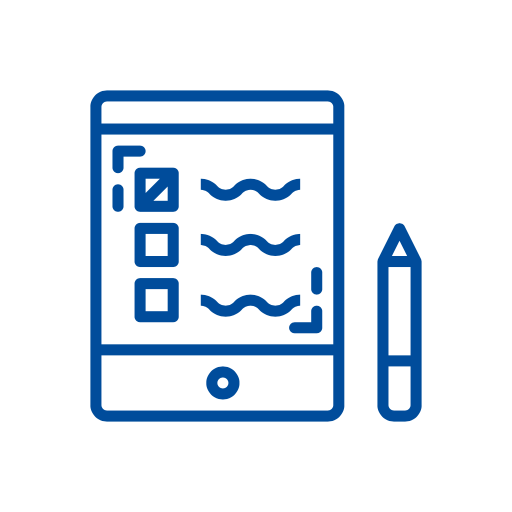
-
Revisions/Updates
A blended course will need updates and adjustments based on evaluations, currency, and changing objectives. Through this process, we hope to position you to be able to take on some of these changes independently. However, we will provide periodic consultation to support you and your course moving forward.
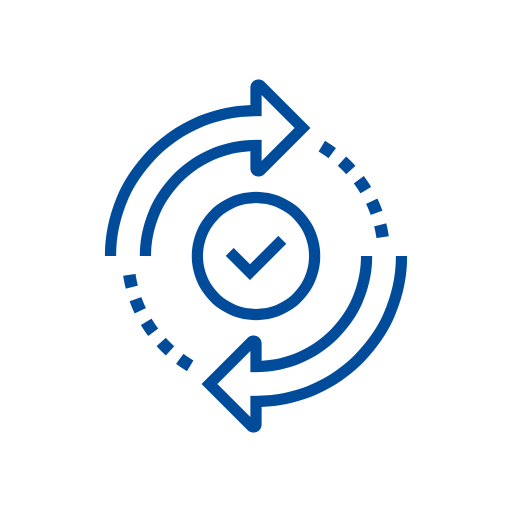
- Blended learning will ensure more equitable access to high quality learning
- Students will benefit from increased flexibility of time, pace and place
- Active learning methods will improve student learning
- The classroom-only format challenges ability to meet the needs of students
- Course innovation is supported by your Chair/Director and Dean.
If you answered yes to one or more, consider learning more about how you can join the Blended Learning Lab.
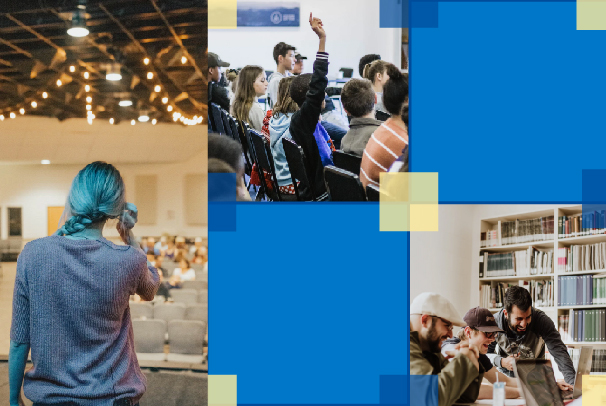
A focus on blended learning at TMU is timely. Many faculty, instructors, and programs have already started incorporating blended learning in their courses. New blending learning projects will be able to build on the university’s long-established commitment to high-quality, responsive and inclusive education. Toronto Metropolitan University is already a leader in the delivery of fully-online courses and programs, and the Office of Digital Learning is pleased to build on the university's accomplishments through blended learning support and consultation.
Compelling reasons we has decided to ramp up a systematic approach to blended learning:
- A growing proportion of our students are undertaking long commutes to attend classes on campus, and many confront a range of work and family responsibilities. For these students, there are considerable advantages to a range of learning options, some of which can be engaged with off-campus and at flexible times.
- The advantages that flexible and active learning methods provide means improving accessibility for the ever-increasing diversity of our learning community.
- The space crunch at Toronto Metropolitan University and the reality of growing class sizes all make the arguments in favour of blended learning that much more powerful.
Ideal contexts for blended learning:
- Large-enrolment courses with a mix of students from different programs and with varied levels of incoming knowledge.
- Courses in which students work collaboratively in class to apply course content after engaging with foundational knowledge online.
- Courses in which students are off-campus for some part of scheduled course time.
The Lab is supporting 9 blended learning projects in this inaugural year.
Projects meet one or more of three eligibility requirements:
- Adapting a large enrolment first-year classroom-only course to a blended format;
- Adapting core courses suitable for blended learning; or
- Exploring alternative models for blended course or program support at Toronto Metropolitan.
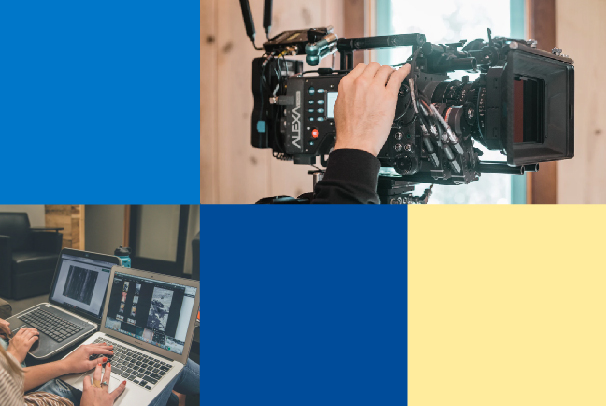
The first blended courses will be offered in Fall 2020.
The following faculty and instructors have joined the Blended Learning Lab.
Faculty of Science
CHY102/103/113
Lydia Chen
Andrew McWilliams
BLG143
Charlotte de Araujo
Lynda McCarthy
Andrew Laursen
Karen Puddephatt
Ted Rogers School of Management
HTM302
Rachel Dodds
Faculty of Engineering & Architectural Science
CVL207
Michael Chapman
Faculty of Communication & Design
FSN/FCN121
Joseph Medaglia
Faculty of Community Services
NC8301/NC8302
Judy Paisley
Megan Cowan
NUR823/825/826/827
Nancy Purdy
Annette Bailey
Karen LeGrow
Anneke Rummens
Margareth Zanchetta
PL800+PL8106
Pamela Robinson
POH103
Ian Young
In May 2019 the Lab came together for the first time for a workshop on designing their course.
In the two-day Blended Learning Lab workshop, faculty members designed student journey maps to understand their students better and to build a course that would fit their needs.
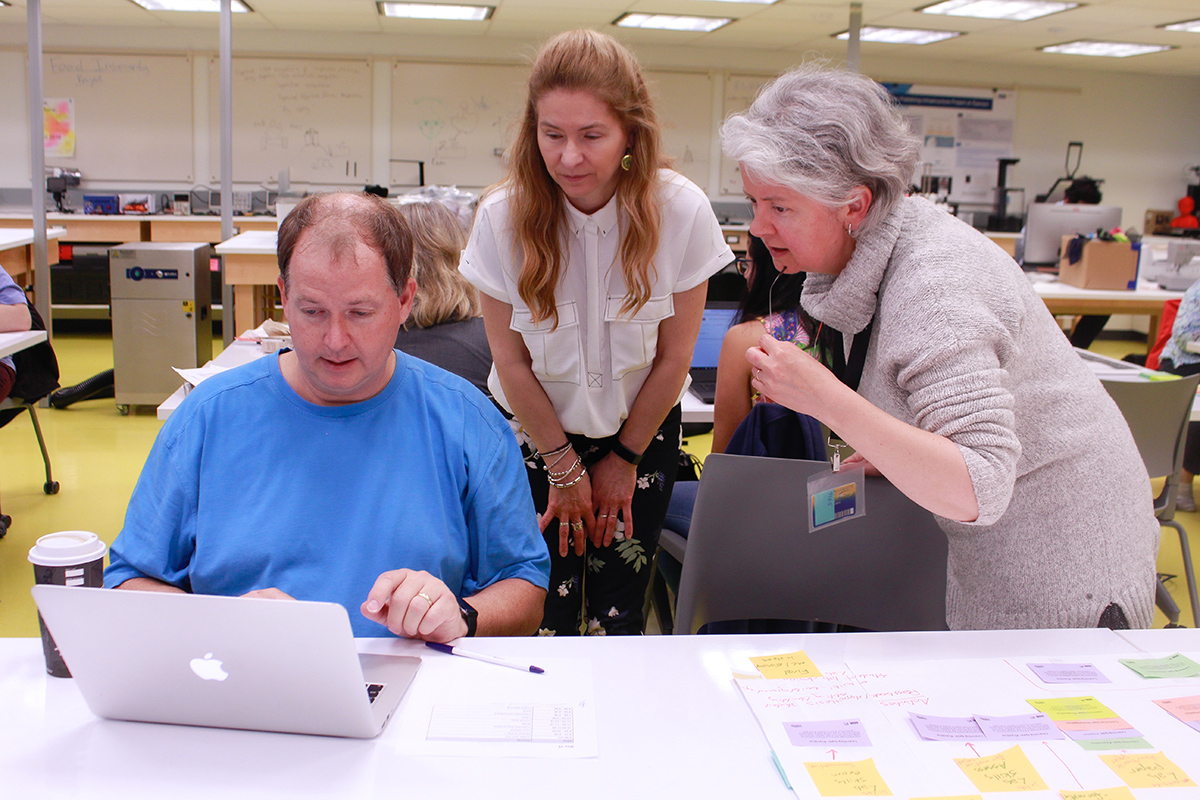
Faculty members worked on project planning, course design, and learned how to integrate technology into their courses at the Blended Learning Lab workshop.
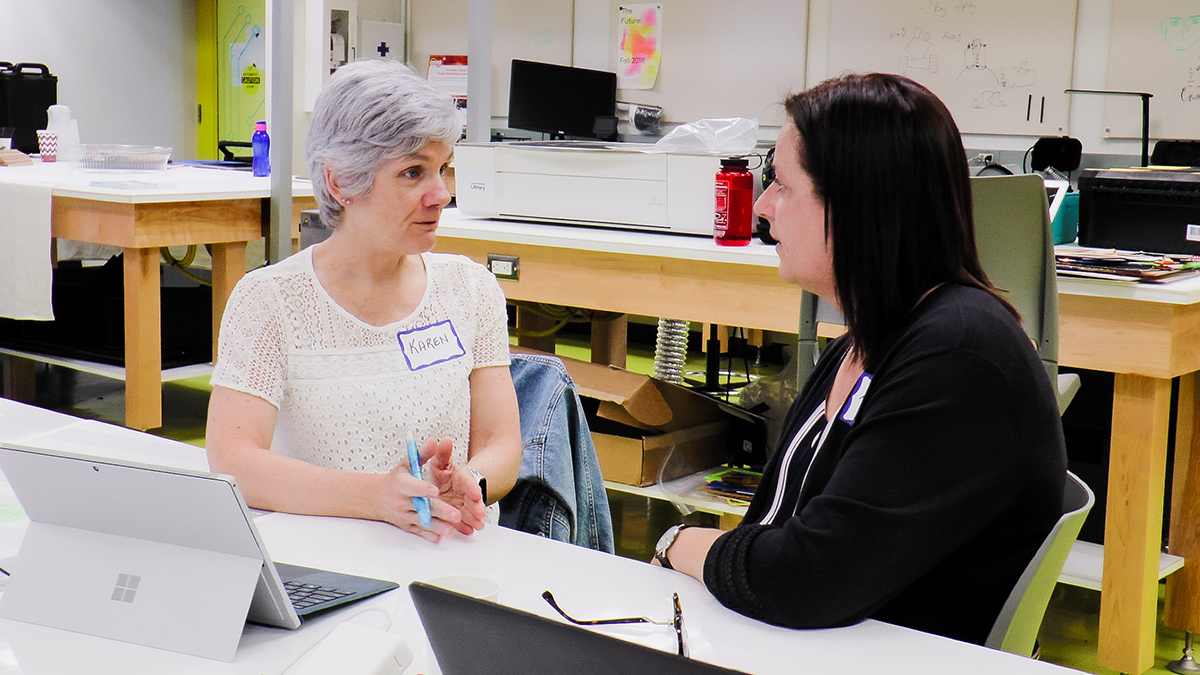
Faculty members are looking to enhance our students' learning experience by taking a blended learning approach with their courses.
Future opportunities for the community of practice may include skill-sharing sessions, student panels and guest speakers.
The Lab will be meeting again in August 2019 to report back to the community on their findings as they develop and deliver new blended courses.
View a (PDF file) presentation about the Blended Learning Lab.